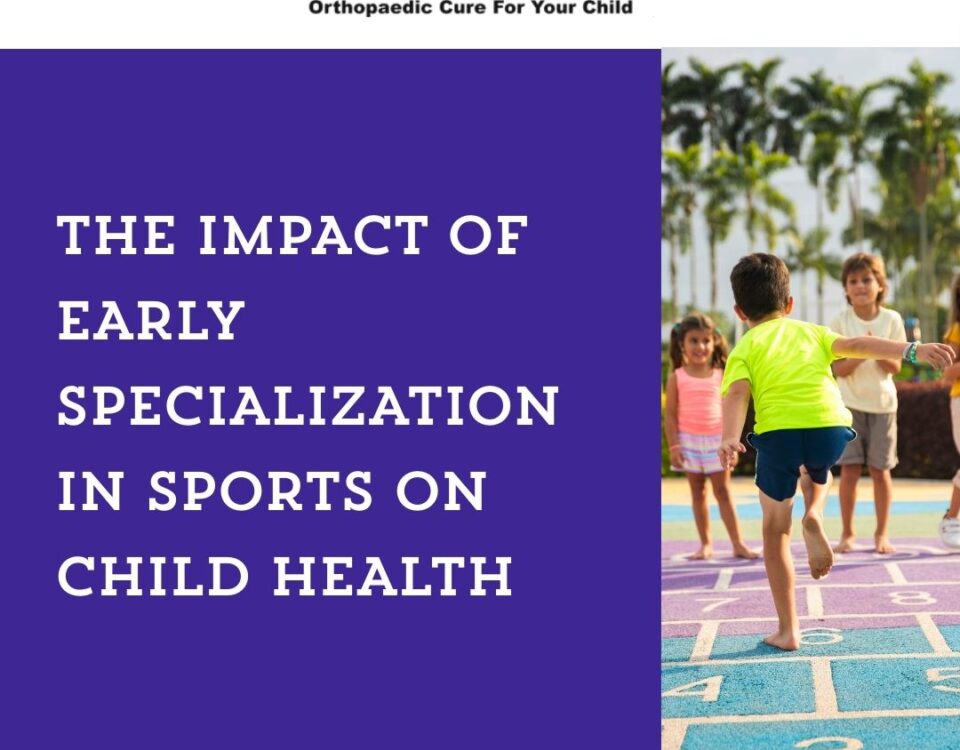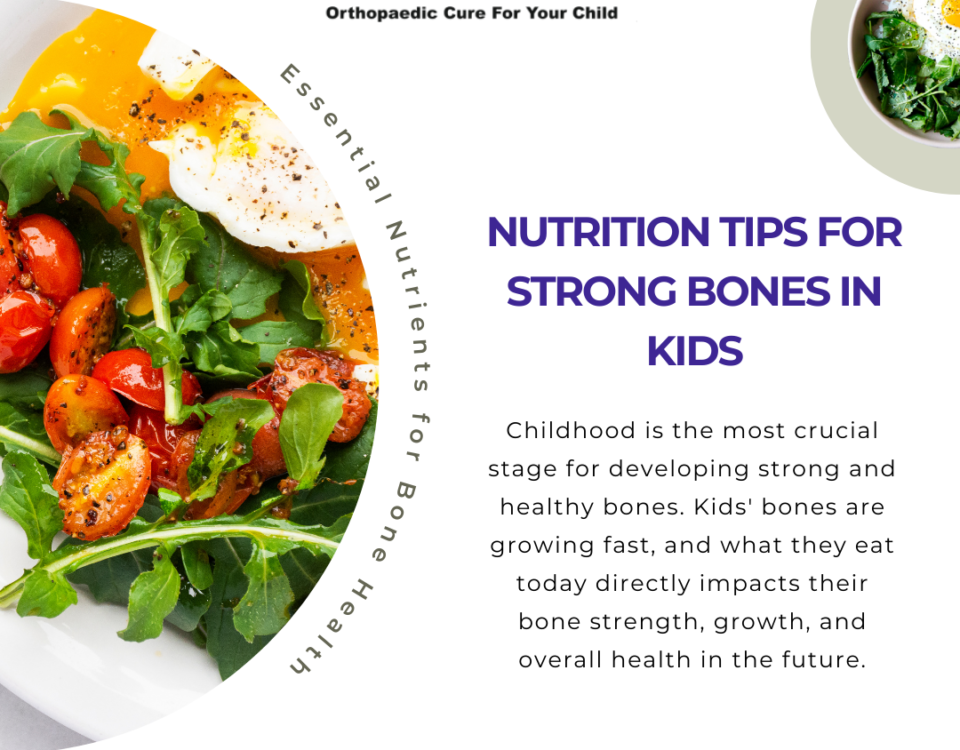In today’s digital age, Artificial Intelligence (AI) is no longer just a buzzword—it’s actively transforming the world of pediatric healthcare. One of the most promising areas where AI is making a real difference is in the early diagnosis of bone disorders in children.
From identifying rare conditions on X-rays to reducing human error, AI is helping pediatric orthopedic specialists offer faster and more accurate care. But what does this mean for parents and children?
Let’s break it down in simple terms.
What Are Pediatric Bone Disorders?
Pediatric bone disorders include conditions that affect a child’s bone growth, structure, or development. Common disorders include:
- Scoliosis (curved spine)
- Rickets (softening of bones due to Vitamin D deficiency)
- Osteogenesis Imperfecta (brittle bone disease)
- Growth plate injuries
- Congenital bone deformities
Early diagnosis is critical to managing these conditions before they affect the child’s long-term health or mobility.
How AI Helps in Diagnosis
1. AI-Powered X-ray Analysis
AI tools can analyze X-rays and MRI scans much faster than traditional methods. These tools are trained on thousands of pediatric cases and can:
- Spot bone deformities
- Detect subtle fractures
- Measure spinal curvature in scoliosis
2. Predictive Analytics for Growth Patterns
AI can track a child’s growth milestones and predict if they are at risk for certain conditions—like growth plate complications or early-onset scoliosis.
3. Early Warning Systems
With machine learning, AI systems can flag abnormalities that a human eye might miss—especially in rare bone diseases. This helps doctors catch issues before symptoms appear, allowing for earlier treatment.
Real-Life Benefits for Parents and Kids
- Faster Diagnosis: AI speeds up the analysis of medical scans, reducing waiting time.
- More Accurate Results: It reduces the risk of missed or incorrect diagnoses.
- Personalized Treatment Plans: AI helps doctors customize treatment based on the child’s unique growth pattern.
- Remote Access: With AI tools and telemedicine, families in remote areas can still get expert insights.
Is AI Replacing Doctors?
Absolutely not. AI is a support system, not a replacement. It helps doctors make better decisions, faster. Pediatric orthopedic specialists still bring their experience, empathy, and clinical judgment to every case.
What Parents Should Know
If your child is undergoing an orthopedic evaluation, ask the clinic or hospital:
- Do you use AI tools for imaging?
- Can I get a digital report with AI insights?
- Will AI assist in monitoring my child’s bone growth?
Being aware empowers you to make informed healthcare choices for your child.
Final Thoughts
As technology continues to evolve, so does the way we care for our children. With AI becoming a trusted partner in pediatric orthopedic diagnosis, families can feel more confident in getting timely, accurate, and personalized care.
At OrthoKid, we embrace innovation that helps children grow up healthy, active, and strong. Book An Appointment Now!






